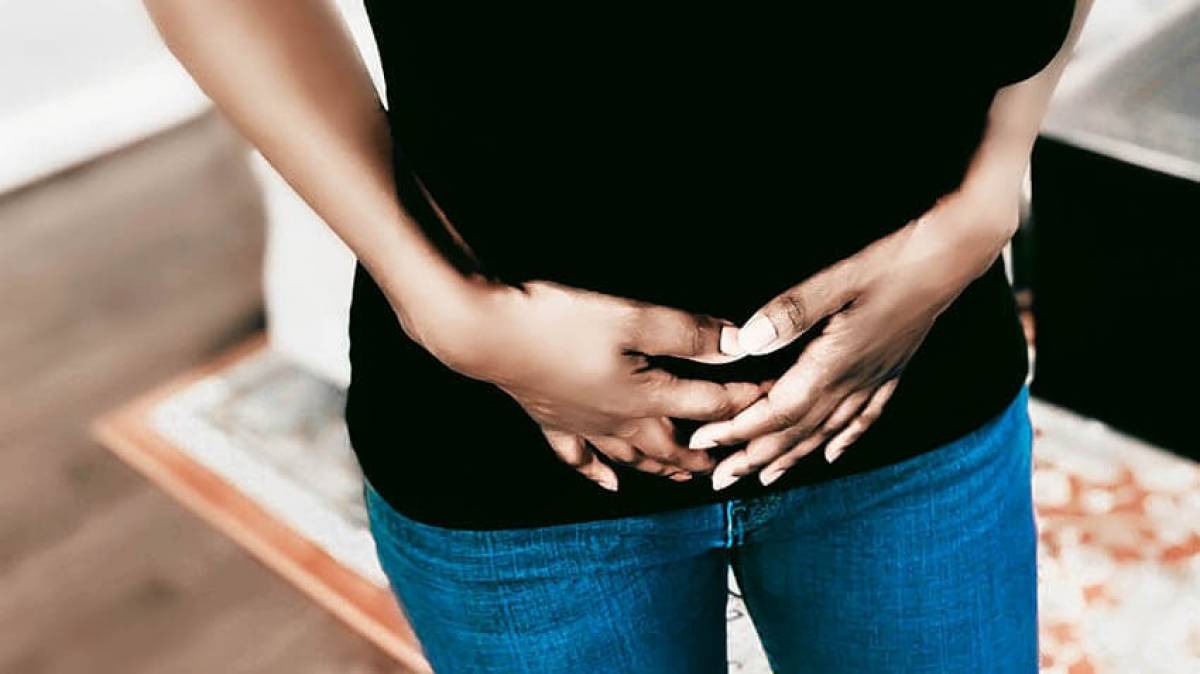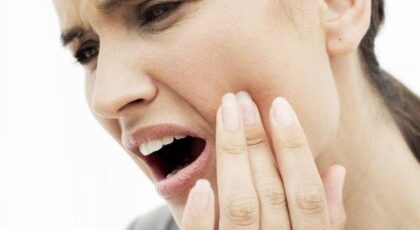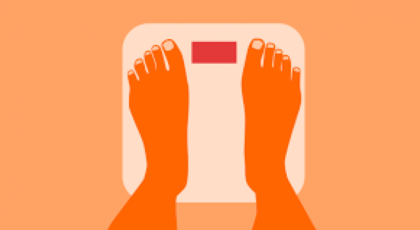
Did you know that uterine fibroids affect a huge majority of women, including yourself? Fibroids are a major issue for a big number of women. Uterine fibroids of substantial size affect up to 40% of women aged 35 and older. African-American women are at an even higher risk of fibroids, with up to 50% of black women having fibroids of a large size.
Fibroid tumors can develop in women as early as their twenties, although most women do not have symptoms until they are in their late thirties or forties. In most cases, doctors can’t determine whether a fibroid will develop or create symptoms. Here is a list of six facts about uterine fibroids that every woman should know about.
1. Uterine fibroids are extremely common
According to the National Institutes of Health, up to 80% of women will develop uterine fibroids at some point in their lives. Experts anticipate that 30% of women will have fibroids by the age of 35, and approximately 80% will have them by the age of 50. In certain circumstances, the absence of symptoms makes it difficult to identify so the percentage can be even bigger. They are generally harmless and shouldn’t cause concern, but in certain cases, they can cause discomfort and painful sensations.
2. Uterine fibroids can cause symptoms or develop asymptomatically
Some women have no symptoms and are astonished when their fibroids are identified during a regular gynecological checkup. A fibroid can occasionally be felt during a pelvic exam, depending on its position. Many women can experience fibroids symptoms such as:
Heavy blood flow during periods
Periods lasting longer than a week
Pain or pressure in the lower abdomen
Difficulties emptying the bladder
Constipation
Back pain that radiates to the legs
Fibroids can trigger so heavy bleeding that you could develop anemia. When a fibroid plugs a fallopian tube or otherwise interferes with your reproductive cycle, you may have fertility issues.
3. Fibroids can vary in size and quantity
Fibroids can be so little that they can’t be seen with the naked eye or so enormous that they make a woman look pregnant. Most, though, are only a few millimeters to a few inches in diameter. Uterine fibroids can form inside the uterus, on its surface, inside the uterine wall, or by a stem-like structure linked to the uterus. Fibroids can also grow alone or in groups.
4. The cause of uterine fibroids is unknown
Researchers are yet uncertain what causes uterine fibroids to form; nevertheless, several variables enhance the likelihood of getting uterine fibroids :
A uterine fibroids family history
Getting periods earlier
Diet rich in meat and
Alcohol consumption
Uterine fibroids have been found to have estrogen and progesterone receptors. The hormones estrogen and progesterone are crucial for regulating the menstrual cycle as well as preparing the uterus for conception by allowing the endometrium to thicken. Estrogen and progesterone may also participate in the formation of uterine fibroids.
5. There are a few types of fibroid treatments
There are a variety of fibroid treatment options available to decrease or inhibit the growth of fibroids, including hormone medications, ultrasound therapy, and a myomectomy, which eliminates the fibroids while keeping the uterus intact, or a hysterectomy that involves the removal of the uterus. If the fibroids don’t need to be removed, alternative therapies such as ibuprofen, birth control pills, or ablation can help you deal with the discomfort.
6. Uterine fibroids are not cancerous
Fibroids are benign, non-cancerous tumors, although they can mimic symptoms of uterine sarcoma, a rare form of cancer. Unfortunately, scientists don’t have a reliable method of detecting sarcoma other than when performing surgery to remove fibroids. If you have fibroids, you should talk to your doctor about the possibility of uterine sarcoma.





Follow Me